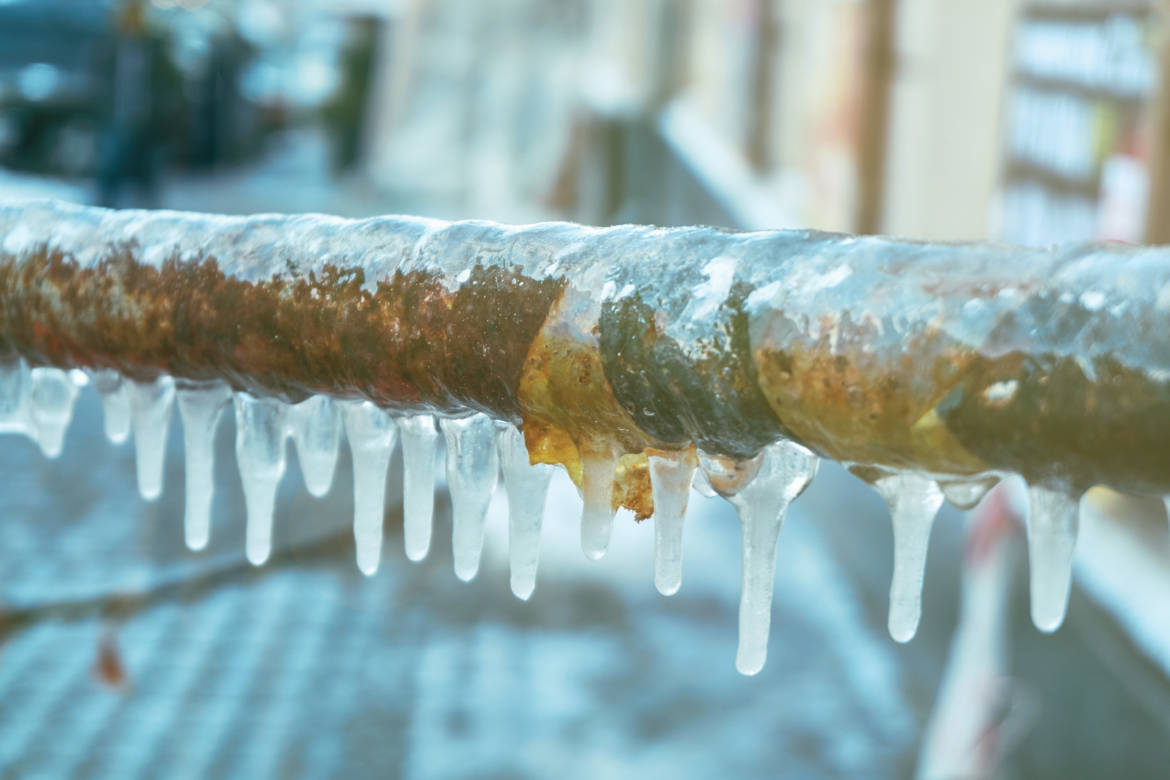Tips for Avoiding Frozen Pipes in Cold Weather: Professional Tips
Tips for Avoiding Frozen Pipes in Cold Weather: Professional Tips
Blog Article
This great article below in relation to Winter Plumbing Precautions: Preventing Frozen Pipes is particularly compelling. Read on and draw your own final thoughts.

Winter can ruin your pipes, particularly by freezing pipelines. Below's exactly how to prevent it from happening and what to do if it does.
Intro
As temperatures decline, the threat of icy pipelines boosts, possibly resulting in expensive fixings and water damages. Recognizing just how to avoid frozen pipes is important for home owners in chilly environments.
Understanding Frozen Pipelines
What creates pipes to freeze?
Pipelines ice up when revealed to temperature levels listed below 32 ° F (0 ° C) for expanded durations. As water inside the pipes freezes, it expands, putting pressure on the pipe walls and potentially causing them to rupture.
Dangers and damages
Frozen pipelines can bring about water interruptions, home damages, and costly repair services. Ruptured pipelines can flood homes and cause comprehensive architectural damage.
Indications of Frozen Pipes
Identifying icy pipes early can stop them from rupturing.
How to determine frozen pipelines
Search for lowered water flow from taps, unusual smells or noises from pipelines, and visible frost on revealed pipes.
Avoidance Tips
Insulating prone pipelines
Wrap pipelines in insulation sleeves or use warmth tape to safeguard them from freezing temperature levels. Concentrate on pipes in unheated or outside locations of the home.
Home heating techniques
Keep interior spaces appropriately heated, especially areas with plumbing. Open cupboard doors to enable cozy air to distribute around pipelines under sinks.
Shielding Exterior Pipes
Yard tubes and exterior taps
Separate and drain pipes yard pipes before winter season. Mount frost-proof faucets or cover outside faucets with insulated caps.
What to Do If Your Pipelines Freeze
Immediate actions to take
If you believe icy pipes, keep taps available to soothe pressure as the ice thaws. Make use of a hairdryer or towels taken in hot water to thaw pipes gradually.
Long-Term Solutions
Structural modifications
Consider rerouting pipelines away from outside walls or unheated areas. Include additional insulation to attic rooms, basements, and crawl spaces.
Updating insulation
Purchase premium insulation for pipelines, attics, and walls. Correct insulation helps preserve regular temperatures and decreases the threat of icy pipelines.
Verdict
Avoiding icy pipelines calls for proactive steps and quick actions. By recognizing the causes, indications, and preventive measures, house owners can secure their pipes during winter.
5 Ways to Prevent Frozen Pipes
Drain Outdoor Faucets and Disconnect Hoses
First, close the shut-off valve that controls the flow of water in the pipe to your outdoor faucet. Then, head outside to disconnect and drain your hose and open the outdoor faucet to allow the water to completely drain out of the line. Turn off the faucet when done. Finally, head back to the shut-off valve and drain the remaining water inside the pipe into a bucket or container. Additionally, if you have a home irrigation system, you should consider hiring an expert to clear the system of water each year.
Insulate Pipes
One of the best and most cost-effective methods for preventing frozen water pipes is to wrap your pipes with insulation. This is especially important for areas in your home that aren’t exposed to heat, such as an attic. We suggest using foam sleeves, which can typically be found at your local hardware store.
Keep Heat Running at 65
Your pipes are located inside your walls, and the temperature there is much colder than the rest of the house. To prevent your pipes from freezing, The Insurance Information Institute suggests that you keep your home heated to at least 65 degrees, even when traveling. You may want to invest in smart devices that can keep an eye on the temperature in your home while you’re away.
Leave Water Dripping
Moving water — even a small trickle — can prevent ice from forming inside your pipes. When freezing temps are imminent, start a drip of water from all faucets that serve exposed pipes. Leaving a few faucets running will also help relieve pressure inside the pipes and help prevent a rupture if the water inside freezes.
Open Cupboard Doors
Warm your kitchen and bathroom pipes by opening cupboards and vanities. You should also leave your interior doors ajar to help warm air circulate evenly throughout your home.

As a fervent reader on Preventing and dealing with frozen pipes, I think sharing that piece of writing was really helpful. Enjoyed our piece? Please quickly share it. Let another person check it out. Thanks so much for going through it.
Click Here Report this page